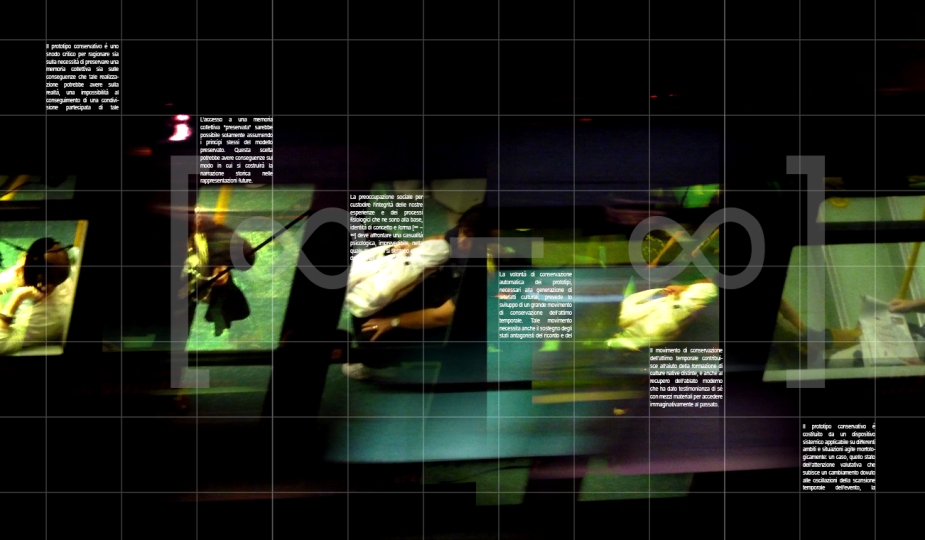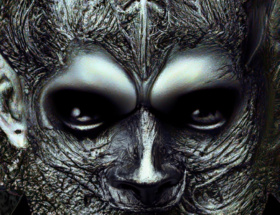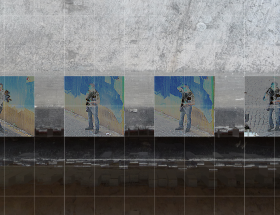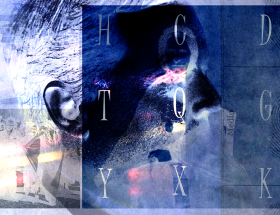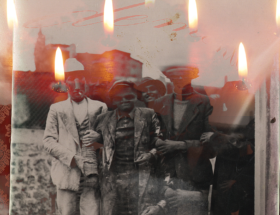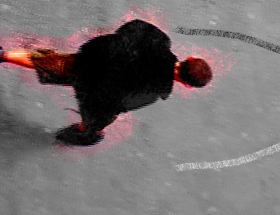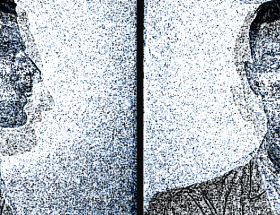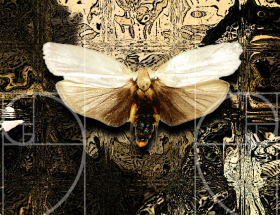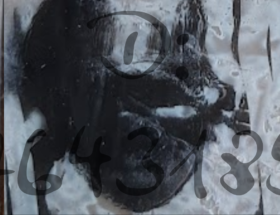The preservation prototype is a critical juncture for reasoning about both the need to preserve a collective memory and the consequences that such a realization might have on reality, an impossibility to the achievement of participatory sharing of that memory.
Access to a “preserved” collective memory would only be possible by assuming the very principles of the preserved model. This choice could have consequences for the way historical narratives will be constructed in future representations.
The social concern for guarding the integrity of our experiences and their underlying physiological processes, identities of concept and form [∞ – ∞] must deal with a psychological, unpredictable randomness in which some acts feel determined by unpredictable activities inherent in acting.
That we see but to be point recollected, never mentioned but on others’ reflection.
The will for the automatic preservation of prototypes, necessary for the generation of cultural artifacts, involves the development of a great movement of preservation of the temporal moment. This movement also requires the support of the antagonistic states of recollection and project, seemingly irreconcilable states but originating from the same cause, time [∞ – ∞].
The movement of preservation of the temporal moment contributes to the aid of the formation of distinct native cultures, and also to the recovery of the modern ablate that has borne witness to itself by material means to imaginatively access the past.
The conservative prototype consists of a systemic device applicable on different morphologically acted areas and situations: a case, that state of evaluative attention that undergoes a change due to the fluctuations of the temporal scanning of the event, the memory, circumscribed to the affected areas is filtered is conveyed to the device of “significant measurement” consisting of a vast self-observational area.
There would not seem to be a conservative prototype of independent motion, but such motion would be established and maintained by the field from objectivity. In its manifestation, the conservative prototype, arranges itself in time, going along with the observer’s perception of it. The conservative prototype is provided with a labyrinth that intercepts and separates the residues, unconsciously perceived, present in the layered narrative of the temporal flow after each recollective reconstruction. These residues are then picked up for classification.

